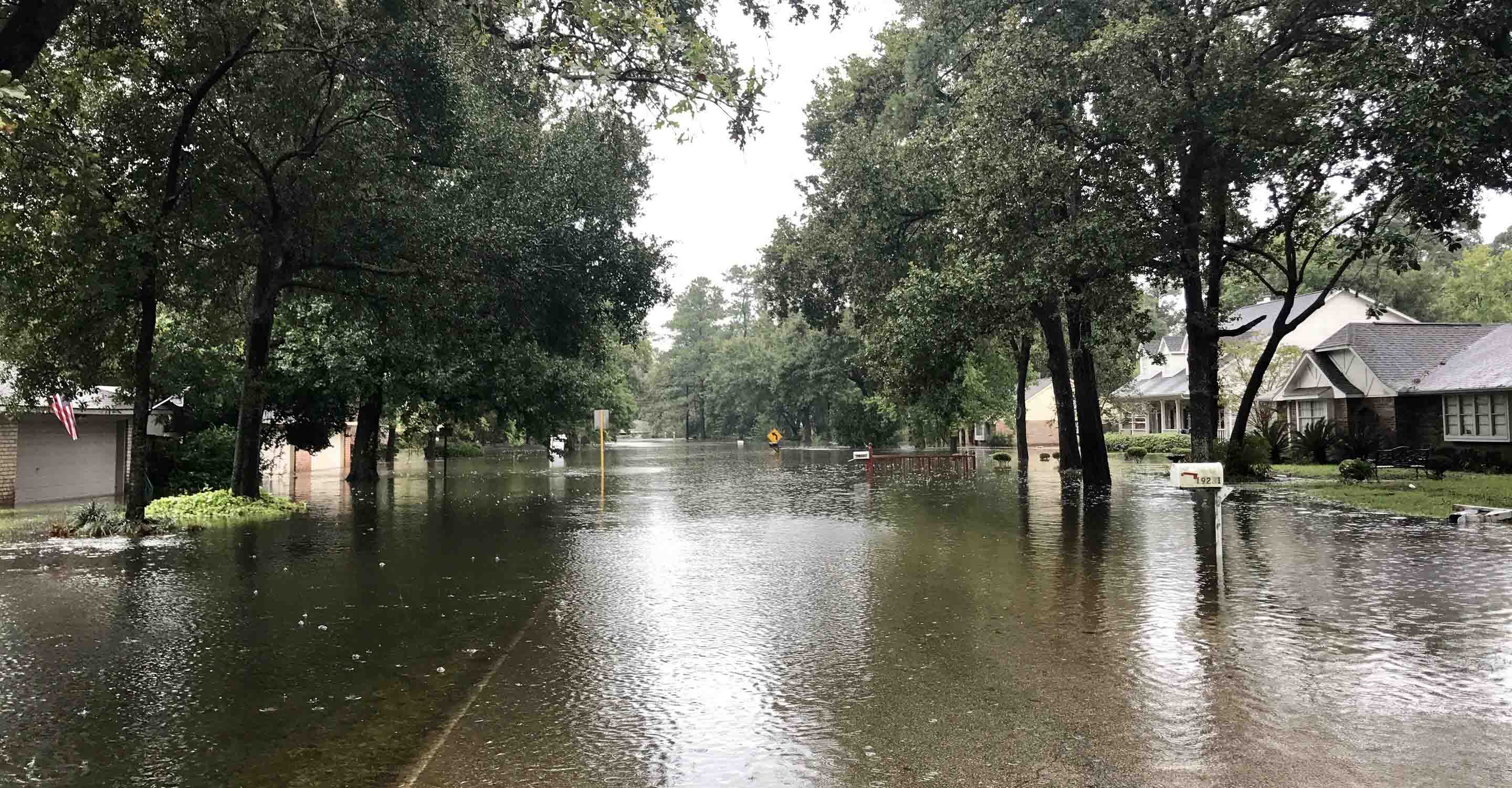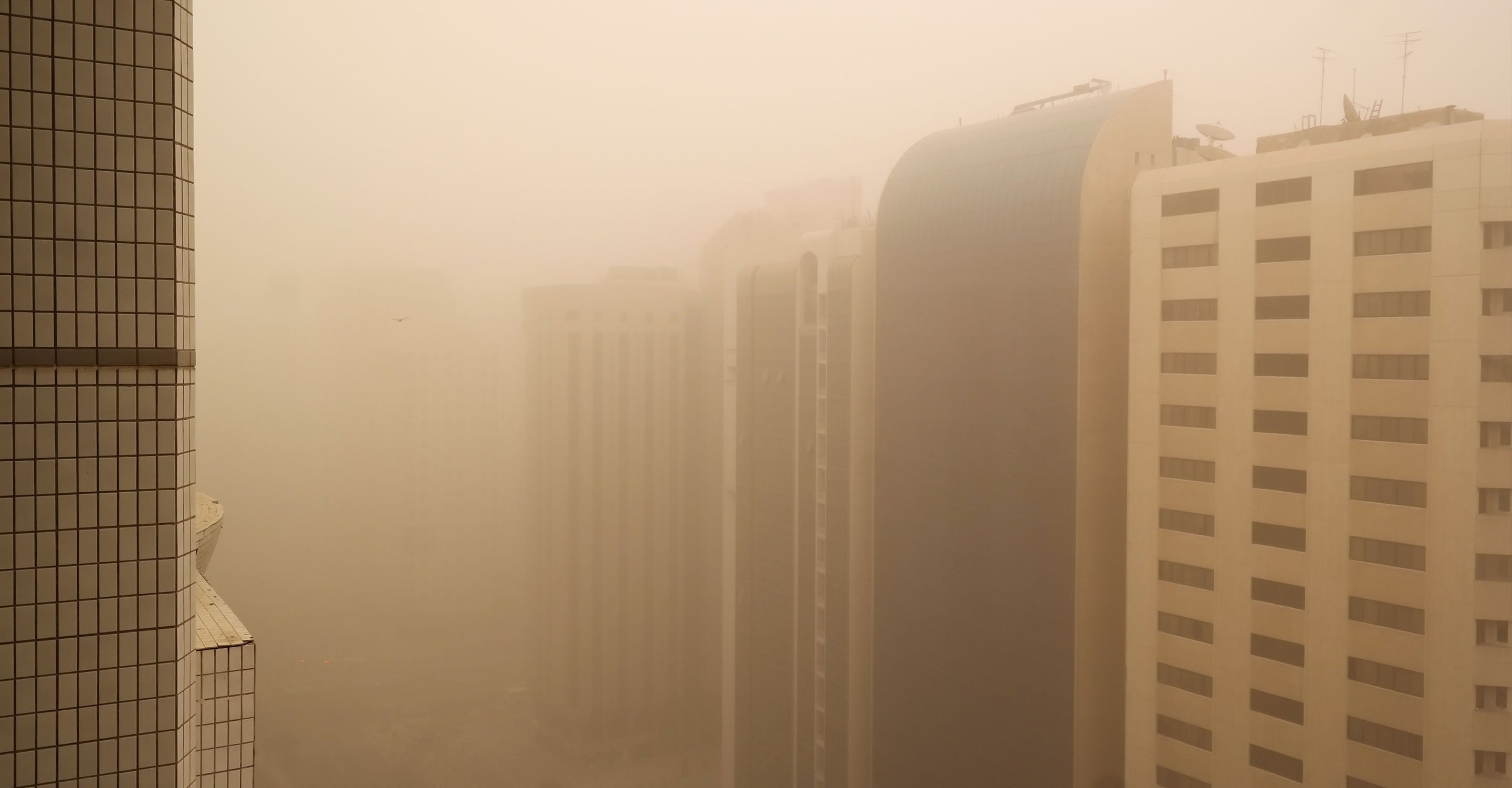Bandung air quality map
Live air pollution map of Bandung
22.4K people follow this city
Full screen
Contributors category
0
Government
0
Educational
0
Non-profit organization
0
Corporate
0
Individual
0
Anonymous
Station(s) operated by

*IQAir’s AQI data modeled using satellite data. Learn more
Health Recommendations
| Enjoy outdoor activities | |
| Open your windows to bring clean, fresh air indoors GET A MONITOR |
Bandung does not have air sensor data
Be the first to measure and contribute air quality data to your community.
Understand air pollution and protect yourself
Bandung MAP AIR QUALITY ANALYSIS AND STATISTICS
How much good information is there about air quality on the air pollution map for Bandung?
There is a wealth of good information about air quality on the air pollution map for Bandung and it is very easy to find from the main city page. The map icon will be seen at the top of this page and clicking anywhere on it will encourage a new page to open which will have all the relevant information about air quality in the city.
When this new page first opens, the viewer will be met with a solid colour which is a direct representation of the current air quality. At the time of writing at the end of February 2023, the colour was dark yellow which classifies the air quality as being “Moderate”. Available colours range from pale green to dark maroon where the darker colours indicate worsening air quality. These colours are standard across the entire IQAir website.
There are also some coloured discs over the city which show the locations of the ground-level air monitoring stations. They each display a number at their centre which is the United States Air Quality Index reading or US AQI for short that has been recorded by their monitoring equipment. Measurements are taken of six of the most prolific pollutants found in the city air. These are usually both sizes of Particulate Matter (PM2.5 and PM10), nitrogen dioxide, sulphur dioxide, carbon monoxide and ozone. Once established, it is used as a metric when comparing air quality in different cities in different areas. It has the full backing of the World Health Organisation (WHO).
Briefly looking back to the main city page, it can be seen in the coloured banner across the top of the page that the air quality was classified as being “Moderate” with a US AQI reading of 67. The main pollutant was PM2.5 with a recorded level of 20 µg/m³ which is four times higher than the suggested level of 5 µg/m³ as recommended by the WHO. The background colour of the banner acts as an instant indication of the current air quality.
Directly below the air pollution map for Bandung can be seen the number of contributors there are that operate the air quality monitoring stations. Currently, there are three contributors who oversee four stations. One is a government department (Indonesia Ministry of Environment and Forestry), one is corporate (RespoKare Mask) and the remaining one is a private individual (Setra Duta).
Is there much more interesting information about air quality on the air pollution map for Bandung?
There are a lot more interesting facts and figures about air pollution on the air quality map for Bandung. The map needs to be viewed in full-screen mode which can easily be done by selecting the icon at the top of the page which will reopen it at maximum size. In this way, no information will remain hidden.
When viewed at this maximum size, a list of four options should be visible on the left-hand side of the screen. They can all be individually turned off and on to see the effects they each have on the map.
The first option shows the locations of the ground-level air monitoring stations in the city and surrounding area. If the discs appear to be superimposed on top of each other, the map can be slightly expanded which will cause the discs to become separate from each other. Each station can be selected and the area explored in more detail.
The second option reveals the location of any wildfires there are that are burning out of control in the vicinity. Currently, there are no icons on the map which indicate no fires. If there were, then option four needs to be studied because it shows the speed and direction of the prevailing winds and will give a good indication of where the smoke may blow.
The third option will change the background colour of the map to reflect the current state of the air. If the solid block of colour is too distracting, it can be deactivated and the colour will then revert to a more natural hue.
There are more facts and figures about air pollution on the right-hand side of the screen where a table will be seen. This ranks the top seven most polluted cities in the world. By opening the full ranking section, the rest of the participating cities will be shown in descending order.
Directly below the category where the number of contributors is listed is another list which shows the most polluted stations in the city. Currently, the worst area of the city for poor quality air is around the station at Setra Duta 2 with a US AQI reading of 70 which is classed as being “Moderate”.
Underneath this list is another one which shows the most popular stations with their number of loyal followers. Currently, the most popular station is Bandung 1 with a total of 18,347 loyal followers.
Is the source of the polluted air visible on the air quality map for Bandung?
Whilst the source of the polluted air is not directly shown on the air quality map for Bandung it is well-known that over seventy per cent of air pollution is attributed to vehicle exhausts. Industry contributes 10 to 15 per cent to produce exhaust gas, the rest comes from household activities, burning waste and others.
In the last five years, the number of vehicles has continued to increase. In 2019, 1.02 million cars and 6.48 million motorcycles were sold. This adds to the problem with air quality. Especially if the fuel used is Research Octane Number (RON) 88, which produces very high emissions. This type of fuel fairly quickly damages the vehicle engine.
PM2.5 is always mentioned on the air pollution map for Bandung but just how dangerous is it?
PM2.5 (particulate matter) is a particle that contains a mixture of solids and liquids flowing in the air. These particles have a diameter of less than 2.5 mm, which is only 3 per cent of the diameter of a human hair. These extremely small particles can have serious health effects because they can go deeper into the lung tissue and even get carried into the blood via the alveoli.
The health effects that can be caused if PM2.5 particles are inhaled are premature death in people with a history of heart and lung disease, heart attack, irregular heartbeat, asthma, decreased lung function, and other respiratory tract disorders.








